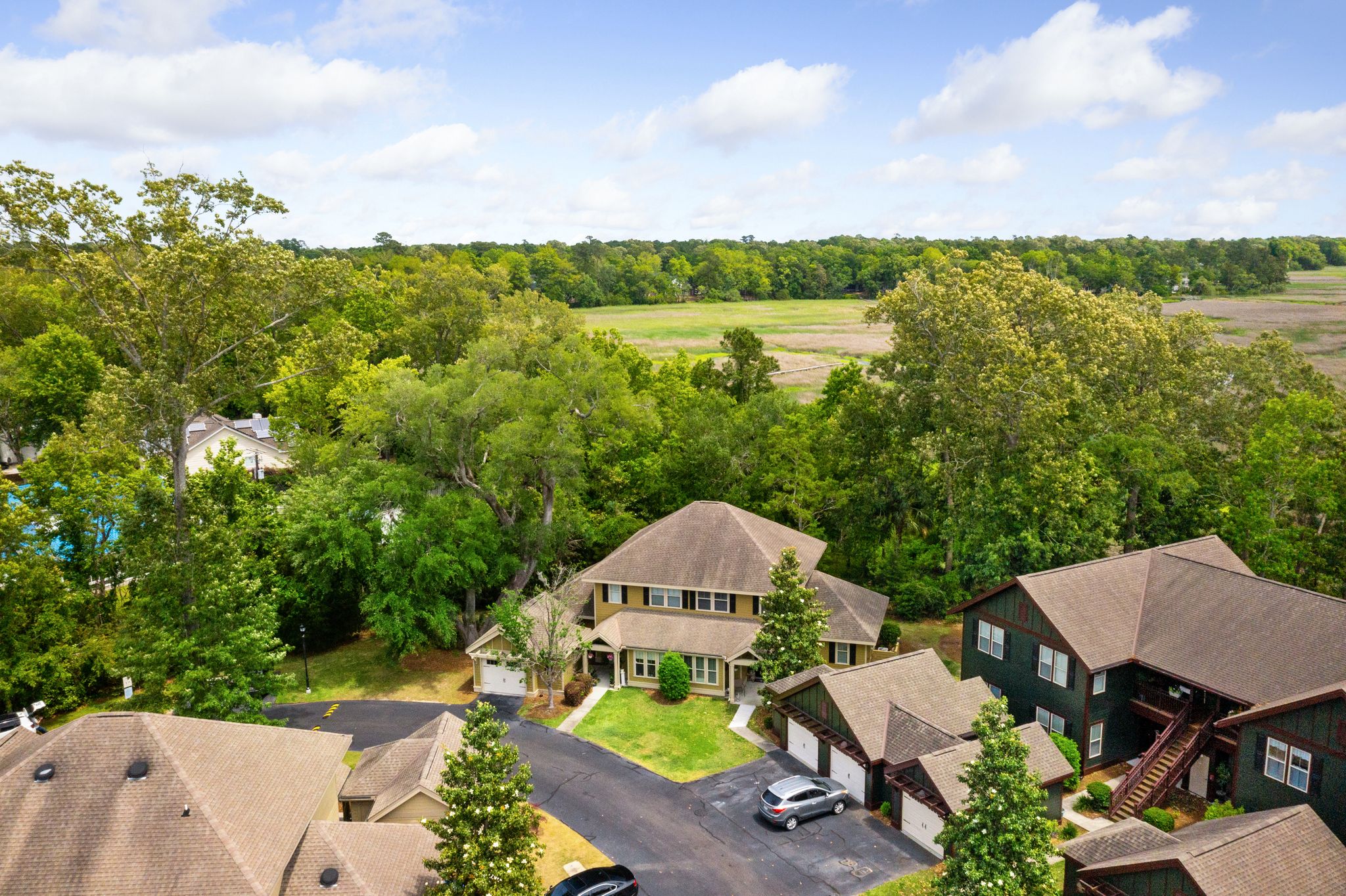Categories
Sellers, Buyers, InvestorsPublished October 22, 2025
Solving the Payment Problem: The Mortgage Innovations That Could Revive Charleston’s Housing Market

Creative financing — not waiting for rates — could unlock the next wave of homeownership.
Let’s Talk About the Elephant in the Market: Payments
If there’s one thing keeping Charleston’s housing market from breaking into a full sprint, it’s not lack of demand — it’s the monthly payment.
The combination of increasing sales prices, higher interest rates, growing tax bills, and bloated insurance premiums keeps would-be buyers sidelined. They just can't make the giant monthly mortgage payment work with their budget.
As an industry, this leaves us with one main problem to solve: since we as an industry can’t raise wages, how can we create smarter financing solutions so that housing becomes affordable again? That’s where the next wave of opportunity lies.
Tim and Julie Harris recently discussed this idea on their Real Estate Coaching Podcast. They proposed that house prices aren't the problem plaguing the market; it's the payment - and innovation will be what reopens the market.
The “Payment Problem” in Charleston Terms
Back in 2020, if you purchased a $400,000 home with a 3% interest rate, your monthly principal-and-interest payment would have been roughly $1,686.
Today, that same house, now priced closer to $700,000 and paired with a 7% interest rate, pushes the monthly payment to around $4,657.
That’s a jump of nearly $3,000 every month — for the exact same house.
Has anyone’s income jumped that much? Of course not. And that’s the heart of the problem.
This is why so many buyers are sitting on the sidelines — not because they don’t want to buy, but because the math no longer works. The good news? Lenders and builders are finally starting to get creative again — not in reckless 2008 ways, but in responsible, flexible ones designed to bridge that affordability gap.
The Solutions Taking Shape
1️⃣ 40-Year Mortgages
Fannie Mae has started exploring extended-term loans again. For a $400,000 home, that extra decade can trim roughly $200 a month from the payment.
That’s the difference between “not yet” and “let’s do it.”
2️⃣ Adjustable-Rate Mortgages (ARMs)
Once considered almost taboo, ARMs are making a comeback — with smart safeguards.
Today’s 5/1 ARM averages around 4.8%, compared to 6.5% for a 30-year fixed (Freddie Mac, 2025).
That’s a $200+ monthly savings for the same loan balance.
Local lenders like Movement Mortgage and SouthState Bank are already offering hybrid ARMs designed for buyers who plan to refinance or sell within the ARM timeline.
3️⃣ Builder Rate Buy-Downs
Charleston builders — including Lennar, DRB Homes, and Hunter Quinn Homes — are using rate buy-down incentives to take the payment problem off the table.
Some are covering points to drop initial rates by 1–2% for the first few years or even the life of the loan. I negotiated with one builder to get $21,000 toward a rate buy-down for one of my buyers this year, and that rate made the numbers work so my clients could achieve their dream of buying a second home here in Charleston.
4️⃣ Down-Payment & Assistance Breakthroughs
PMI hasn’t vanished yet, but it’s under active review — and it could soon be reduced or eliminated for qualified borrowers. That change alone would be a game-changer for affordability, potentially adding tens of thousands of dollars in buying power according to the National Association of REALTORS®.
Even now, innovative assistance programs are helping bridge the gap. One of my buyers recently qualified for a Bank of America program that provided $7,500 toward his down payment and another $7,500 toward closing costs — eliminating the need to ask the seller for concessions.
And through SC Housing’s Palmetto Home Advantage, eligible buyers can access up to 97% financing with competitive rates and forgivable down payment assistance.
Every dollar that lowers out-of-pocket costs helps offset today’s higher rates and gets more Charleston families back into the market.
Why This Matters for Charleston Buyers and Sellers
Affordability tools don’t just help buyers — they restart the entire market engine.
When payments drop, move-up buyers list their homes, inventory loosens, and sellers regain leverage.
Charleston, with its steady job base and expanding new-construction pipeline, could see movement first.
The Big Picture
The Harris duo believes these mortgage innovations could spark the early phase of a 25-year housing boom, led by Millennials and Gen Z entering their prime homebuying years.
And it’s not just theory: between Fannie Mae privatization talks, builder incentives, and evolving underwriting guidelines, the stage is set for something real.
So instead of waiting for 3% rates again, the smarter play might be to watch these new lending products — and when one fits, act fast.
The Takeaway
Affordability won’t fix itself, but innovation will.
And for Charleston buyers and sellers, that’s excellent news.
If you’d like me to connect you with local lenders offering these flexible programs — or show you which builders are currently running rate buy-downs — I’d be happy to send a quick summary.
Would you like me to share that list?





